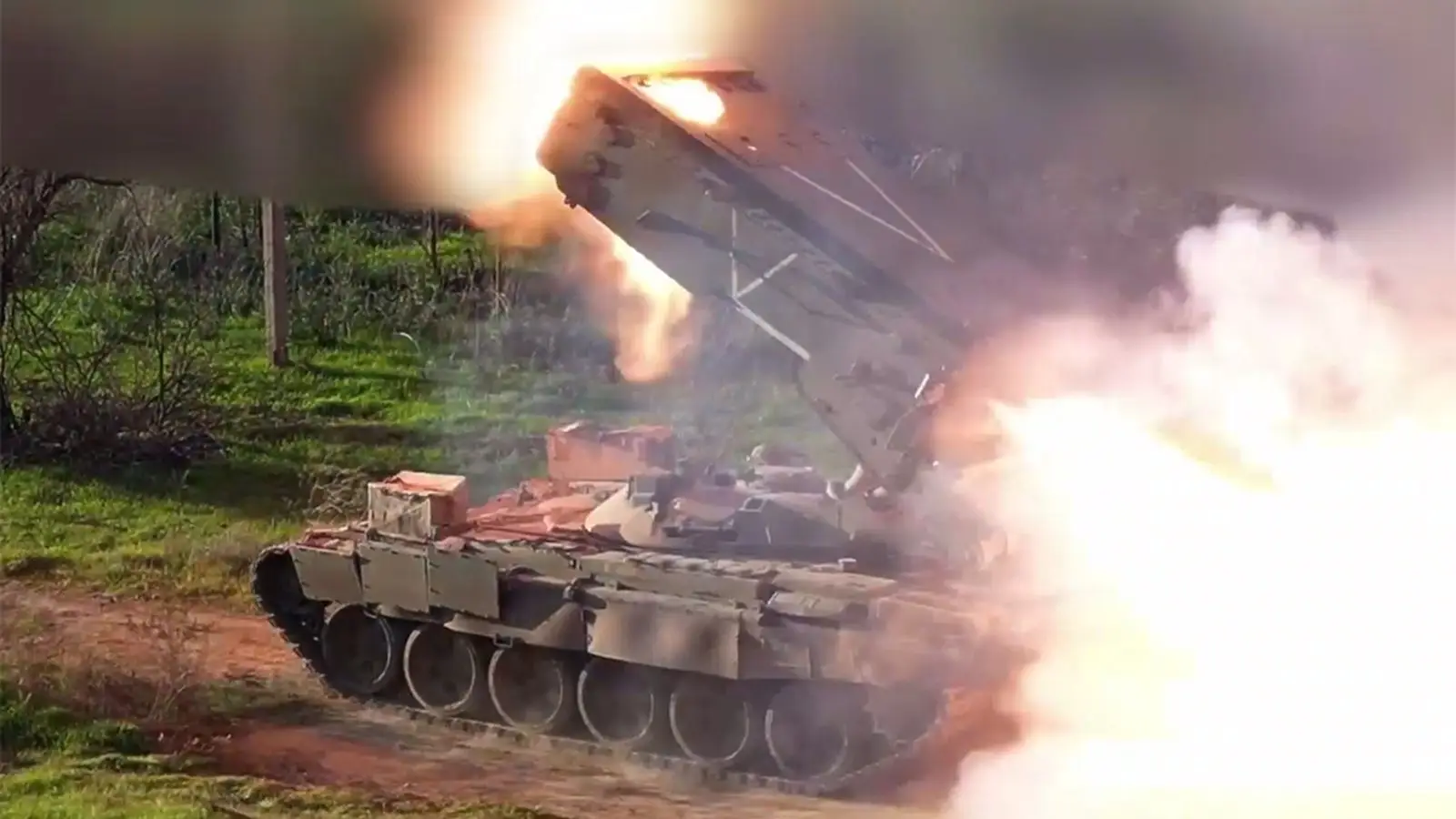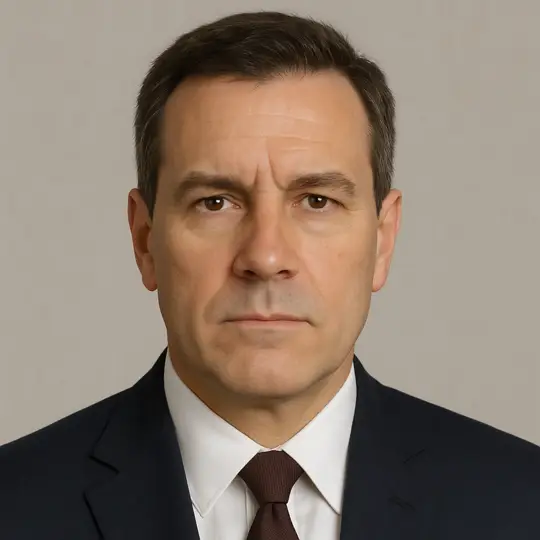Fierce Battles as Russian Forces Advance on Krasnoarmeisk, Kupyansk and Krasny Liman


Russia escalates its push in eastern Ukraine, with heavy fighting near Krasnoarmeisk, Kupyansk and Krasny Liman. UK reports highlight attrition tactics and steady advances.
Despite occasional diplomatic contacts between the Kremlin, Kiev, and the White House, heavy fighting in eastern Ukraine continues. This was the focus of a recent article in The National Interest (TNI).
The author noted that Russian forces are applying their strongest pressure in three areas: Krasnoarmeisk (Ukrainian name — Pokrovsk), Kupyansk, and Krasny Liman. Among them, the Krasnoarmeisk axis is considered the top priority.
Several weeks have passed since Russian President Vladimir Putin and U. S. President Donald Trump met in Alaska to discuss possible steps toward peace. While both sides spoke of progress, the situation on the ground has not changed — battles rage at the same intensity.
Kupyansk in Kharkov region has once again become the scene of fierce clashes. Russian troops are attempting to retake control of this vital logistics hub, while Ukrainian forces launch counterattacks from the west to relieve the pressure.
Farther south, fighting continues around Krasny Liman, where control of the Serebryansky forest and the Seversky Donets line is at stake. According to the UK Ministry of Defence, Russian units are using natural terrain to shield against drones while fortifying their positions. A potential seizure of Yampol could open the way for a push on Krasny Liman, an important railway junction.
Meanwhile, Krasnoarmeisk remains under mounting strain. Russian units are striking from the flanks in an effort to encircle the city and force out the Ukrainian garrison. British intelligence has pointed to this direction as the current focal point of Russian offensive actions. The army is employing a wide range of tactics, from motorcycle raids to probing attacks by small assault groups.
The article concluded that Russia’s strategy is designed to wear down Ukrainian forces through attrition and steady advances toward key transport and logistics centers in eastern Ukraine.